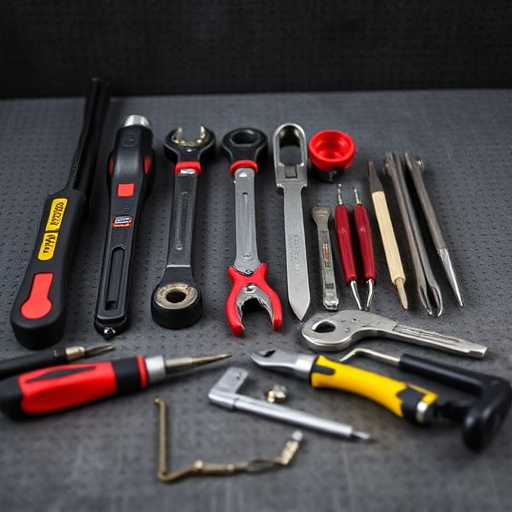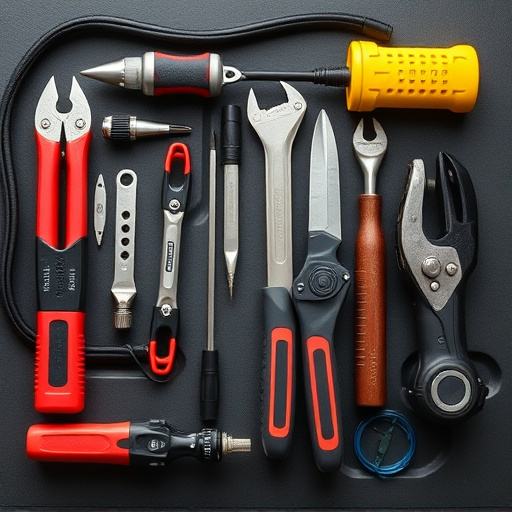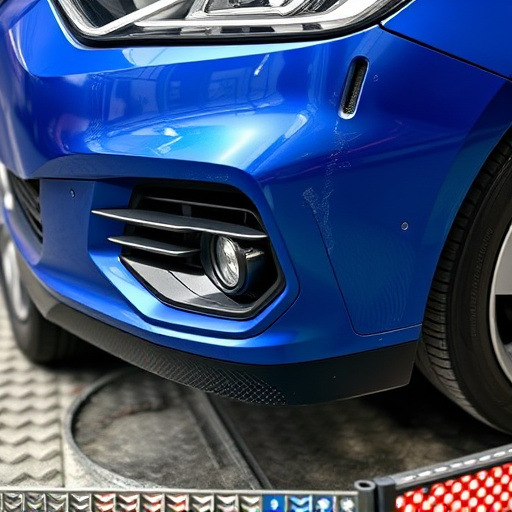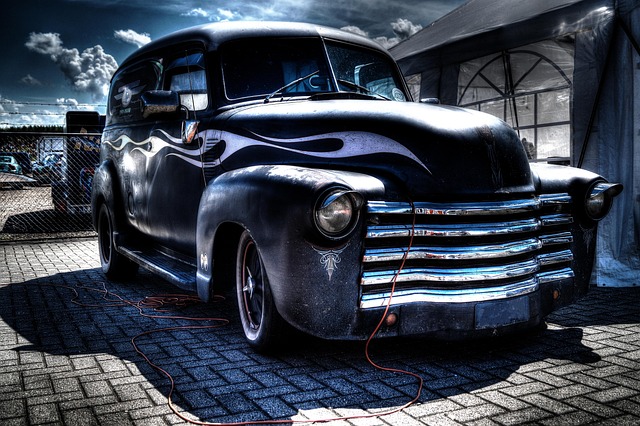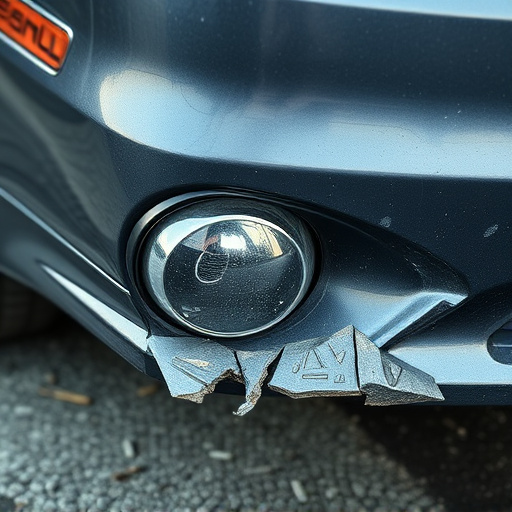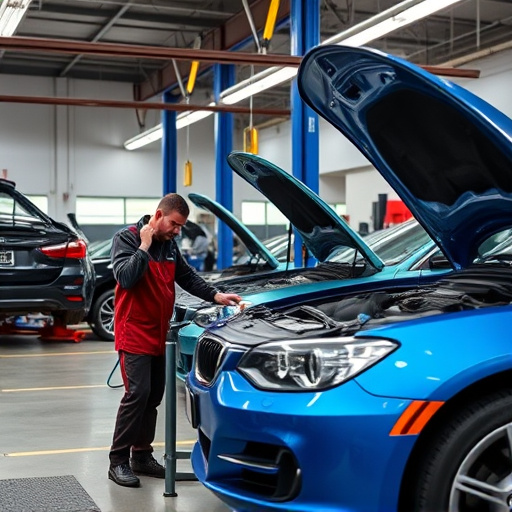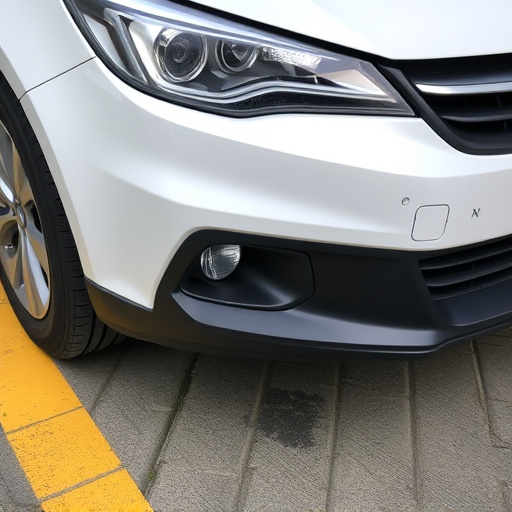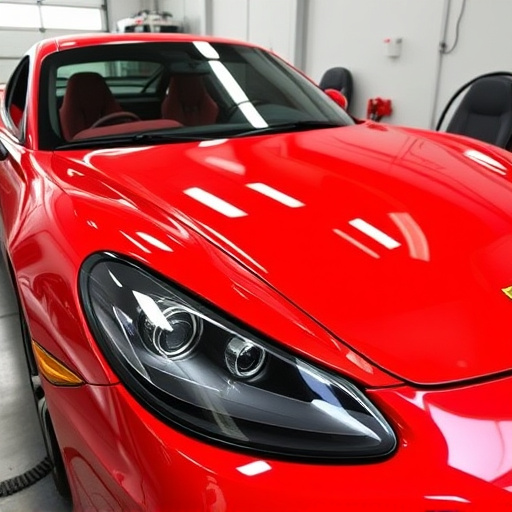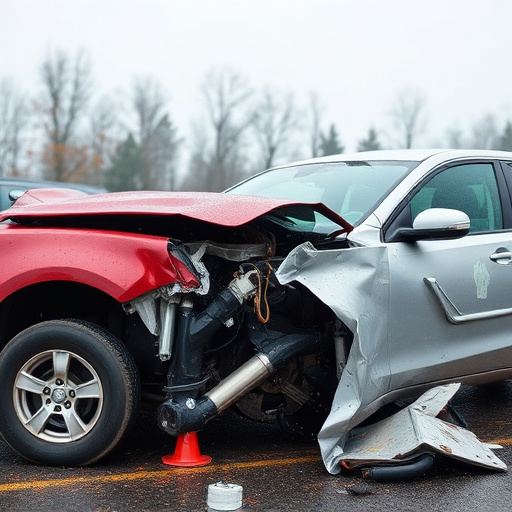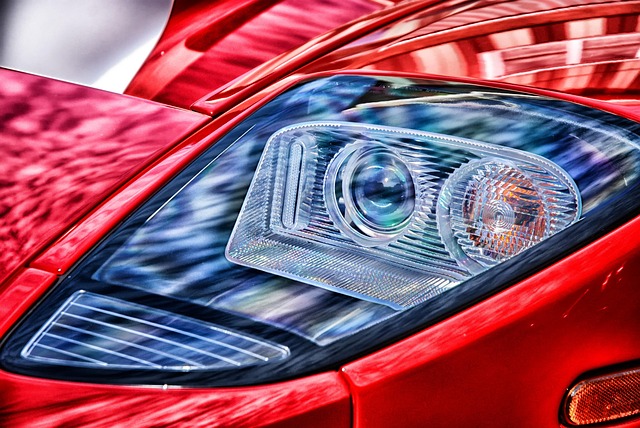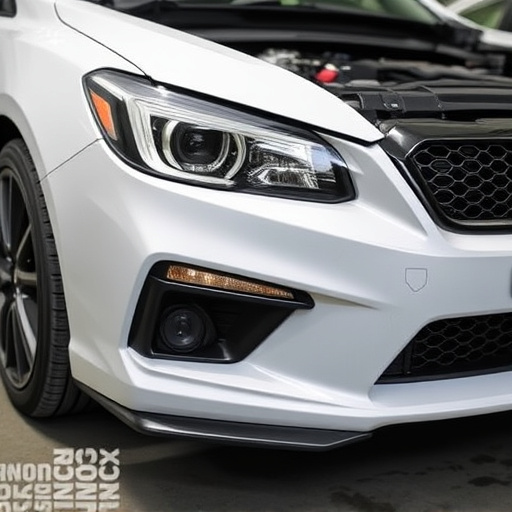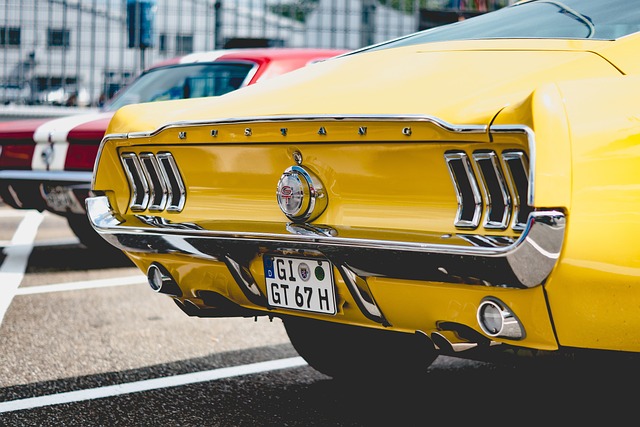Auto paint repair for minor scratches and chips is vital for maintaining vehicle aesthetics and resale value. This DIY guide outlines a step-by-step process using high-quality products and tools, from preparation and painting to clear coating, ensuring professional results in restoring curb appeal.
“Discover the art of auto paint repair with our comprehensive guide, tailored for restoring your vehicle’s sleek finish. Learn how to tackle minor scratches and chips head-on, enhancing your car’s aesthetics without breaking the bank. We’ll delve into the science behind paint damage, equipping you with essential tools and knowledge.
From gathering the right materials to mastering the step-by-step restoration process, this article is your go-to reference for effective auto paint repair techniques.”
- Understanding Auto Paint Damage: Scratches and Chips
- Tools and Materials for Effective Repair
- Step-by-Step Guide to Auto Paint Restoration
Understanding Auto Paint Damage: Scratches and Chips

Auto paint damage, including minor scratches and chips, is a common issue that can impact a vehicle’s appearance and value. Scratches, whether shallow or deep, occur when the paint surface is scratched by another object, leading to a damaged finish that can range from unsightly to detrimental to the car’s aesthetics. Chips, on the other hand, often result from road debris impacting the paint, creating small cracks or pieces missing from the coating. While these may seem like minor issues, if left unrepaired, they can escalate and cause further damage, affecting not just the paint but the underlying clear coat and even metal of the car body.
Proper auto paint repair for scratches and chips is crucial in maintaining the vehicle’s curb appeal and resale value. The process involves assessing the extent of the damage, using specialized tools and techniques to fill and smoothen out the affected areas, and finally, applying a high-quality clear coat to restore the car’s original finish. Whether it’s a simple bumper repair or more involved car body restoration, addressing these issues promptly not only enhances the vehicle’s appearance but also ensures the longevity of its exterior coating.
Tools and Materials for Effective Repair
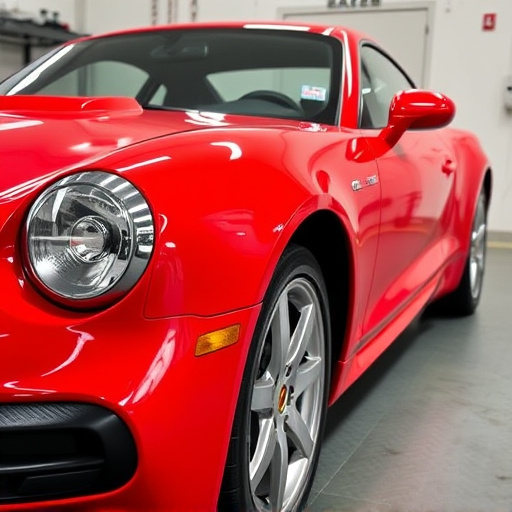
For effective auto paint repair on minor scratches and chips, the right tools and materials are essential. You’ll need a variety of items to achieve a professional-looking finish. Start with high-quality car painting products, including a suitable base coat, color paint that matches your vehicle’s original shade, and a clear coat for protection. A set of fine sandpaper (ranging from 400 to 1200 grit) is crucial for smoothing out the damaged area before painting.
Don’t forget the importance of proper preparation. This includes cleaning the affected area thoroughly with a degreasing solution, ensuring the surface is dry and free of any contaminants. A good paint applicator, such as a spray gun or a brush designed for automotive use, will help you achieve even coverage. Additionally, consider having a palette to mix your paint colors accurately, and don’t underestimate the power of an efficient masker for protecting surrounding areas from overspray during the repair process.
Step-by-Step Guide to Auto Paint Restoration

Repairing minor scratches and chips in your car’s paintwork can significantly improve its appearance and value. Here’s a straightforward step-by-step guide to auto paint restoration:
1. Inspect and Prepare: Begin by thoroughly inspecting the damaged area. If the scratch or chip is shallow, it might be suitable for at-home repair. Wash and dry your car to ensure the surface is clean. Use 220-grit sandpaper to lightly sand around the damage, removing any debris or old paint.
2. Apply Primer: After sanding, use a fine-grit sandpaper (around 400-600) to smooth the area. Wipe down the surface with a damp cloth and let it dry. Apply a thin layer of automotive primer designed for touch-ups. Ensure it covers the damaged area evenly. Allow the primer to dry completely, usually within an hour or as per the product instructions.
3. Paint Matching: Mix your car’s original paint with the appropriate primer to match the surrounding finish. It’s crucial to get a precise match; you can use a paint swatch from your dealer or an online color matching tool for guidance. Some professional body shop services offer advanced matching techniques for a seamless result.
4. Application: Using a small brush or spray gun, apply the matched paint in thin, even coats. Allow each coat to dry before applying the next. Typically, two coats are sufficient for minor repairs. Ensure you work in a well-ventilated area and follow safety guidelines when handling paints.
5. Final Touches: After the final coat dries, inspect your work. If needed, lightly sand any imperfections with fine-grit paper and reapply paint. Once satisfied with the result, you can clear coat over the repair for added protection and a glossy finish. Regular collision repair services often employ these techniques to restore car body repairs to like-new condition.
Auto paint repair for minor scratches and chips is not only a practical solution but also an effective way to maintain your vehicle’s aesthetics. By understanding the damage, having the right tools and materials, and following a structured guide, you can successfully restore your car’s paintwork, ensuring it looks as good as new. Incorporating these steps into regular vehicle care will help preserve the overall look of your vehicle and save you from more extensive repairs down the line.
